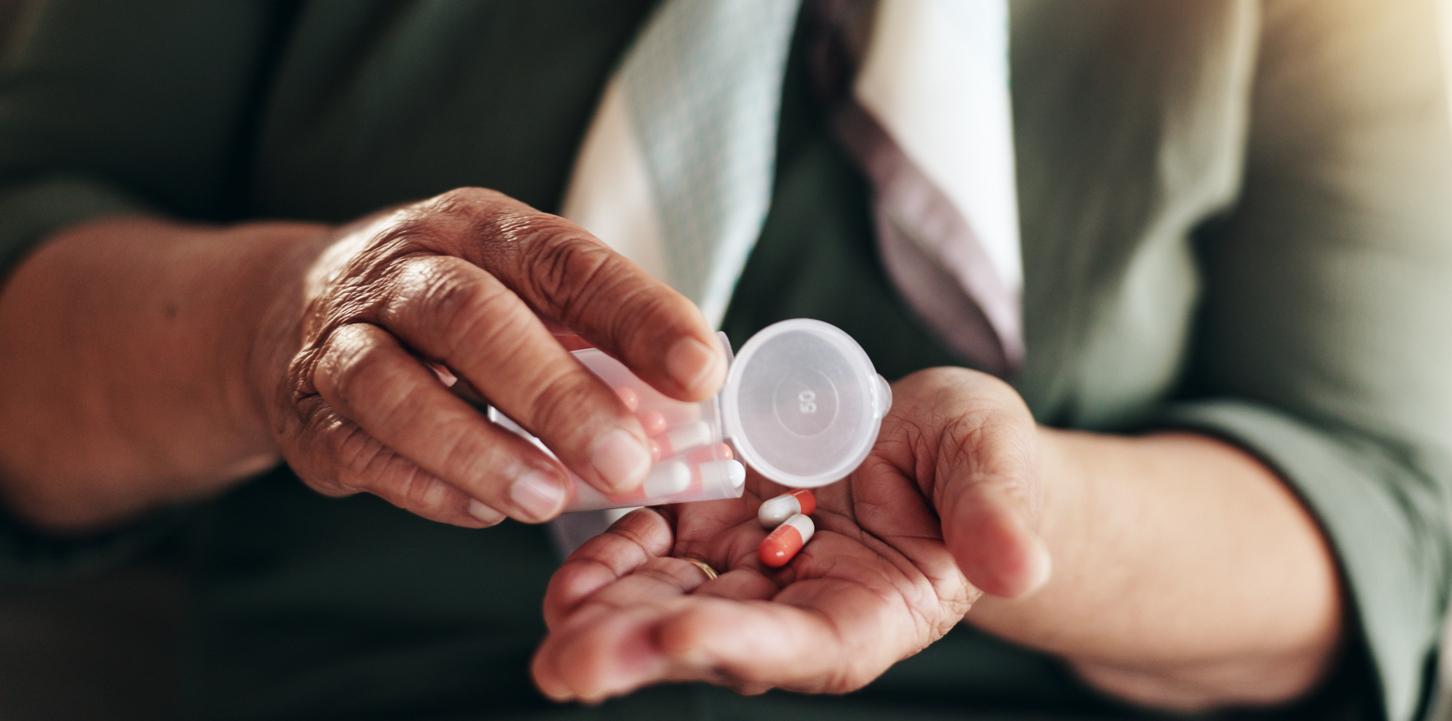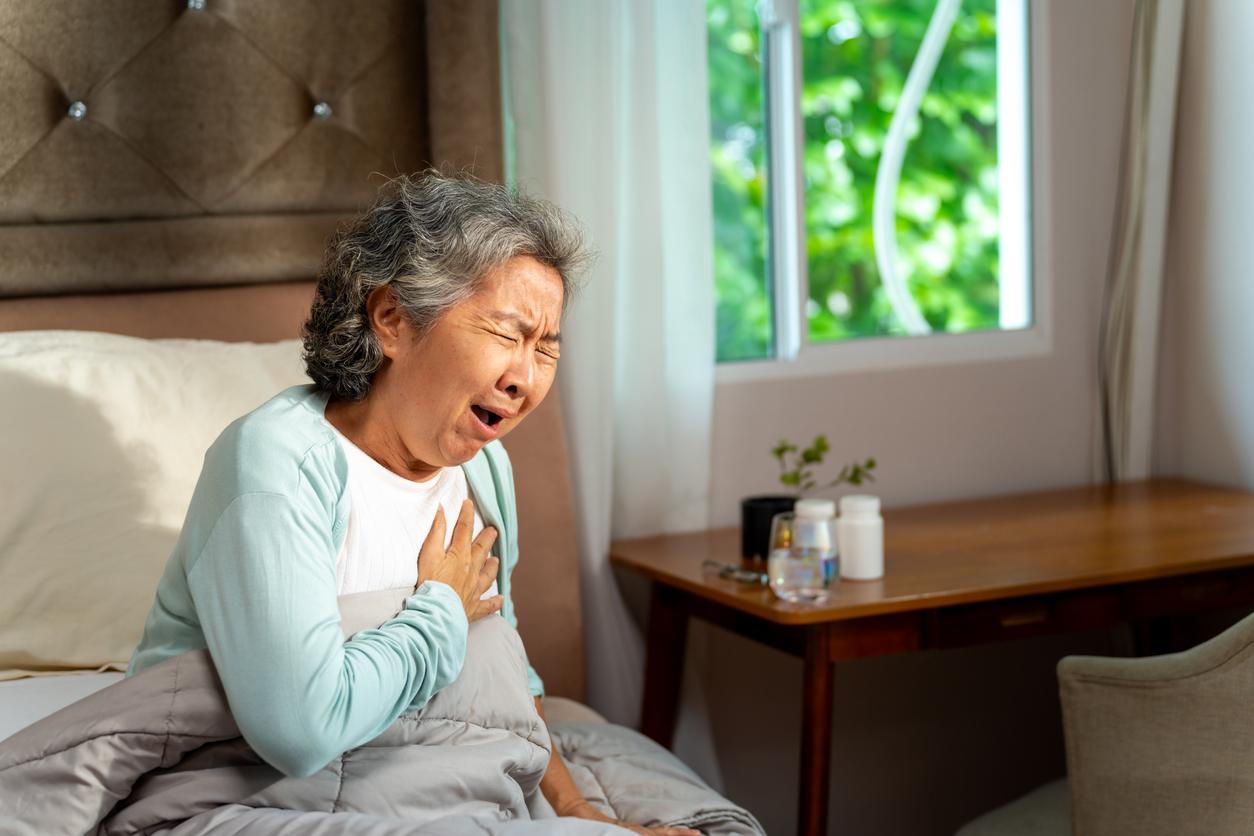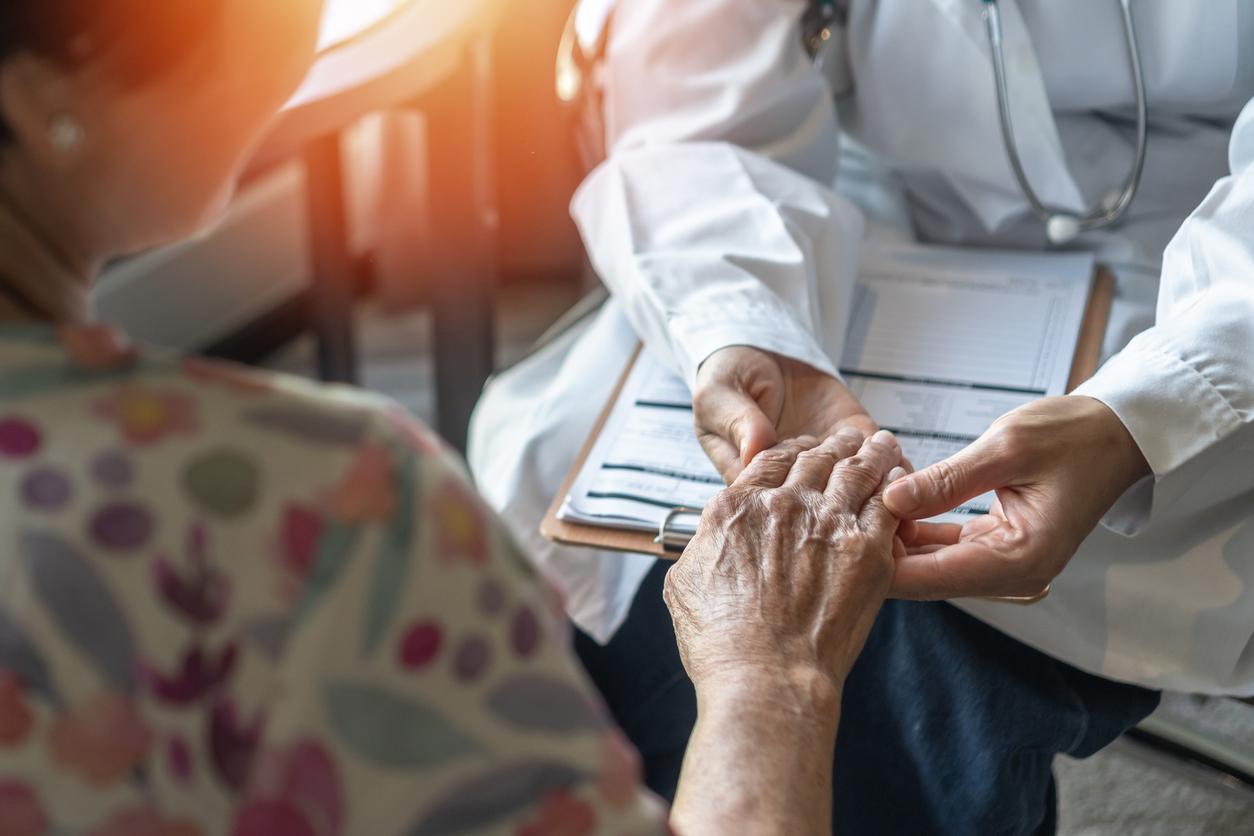How to exploit the benefits of unconventional medicines while limiting the risks: the question has just been asked by the Strategic Analysis Center, which is considering, among other things, that a label be distributed training offers in unconventional medicine. How to limit the risks: this is also the question that was at the heart of a recent report by the General Inspectorate of Social Affairs on the osteopathy training system. Report on which Jean-François Pinglaut reacted:
Did the reviews of this report surprise you?
Not at all, because the training of osteopaths is indeed far from satisfactory everywhere. Tempted by the success of this practice, companies have multiplied schools in recent years. The numbers are often bloated, the teachers too young to have experience. Each new school delivers “its diploma”, which no one really controls.
What are the principles behind good training?
Above all on the education of the osteopathic hand supported by an excellent knowledge of the anatomy and the normal and pathological functioning of the body. Good gestures are transmitted directly from teacher to student, the latter watching, then reproducing what he sees done. It takes time, rigor and a certain closeness to the teacher. To do this, there should not be too many students per class. Then they need to be able to practice a lot to gain experience. In good schools, that’s what happens.
Who can become an osteopath?
There are two streams which lead to the issuance of the same professional diploma. Some are trained when they are already physiotherapists or doctors. The others go through a school of osteopathy, in which we enter after the bac on simple file. I find that the ideal would be to create a preparation common to all the health professions before the orientation towards medicine, midwife, osteo … But osteopathy should already be recognized as a health profession!
Where should you go to find a good practitioner?
He must already have a degree in osteopathy (DO). Then, a professional registered in the register or in the chamber of osteopaths undertakes to respect the ethical principles of the profession. But the best way is word of mouth. If two people who don’t know each other are talking to you about the same thing, it’s often a good place!
















